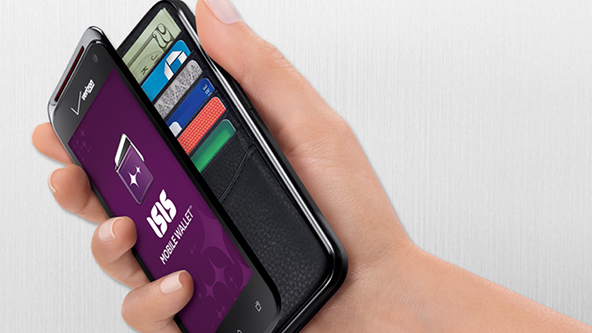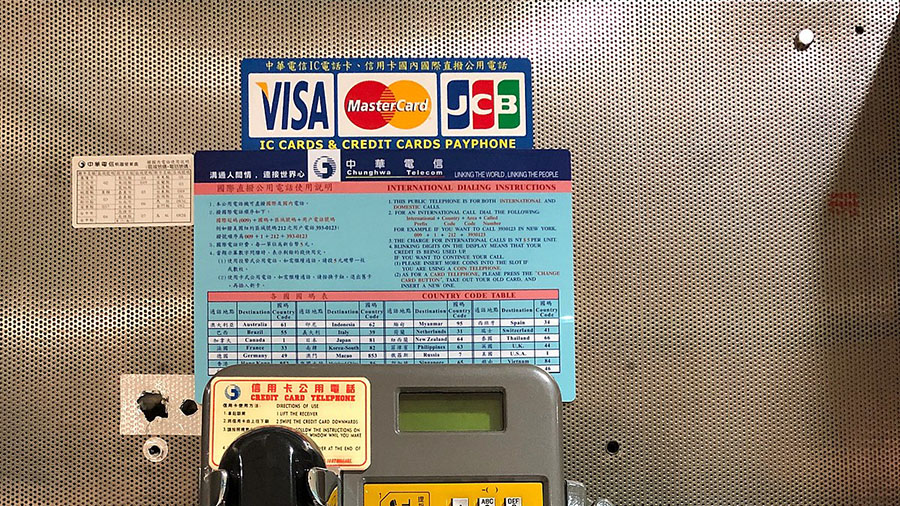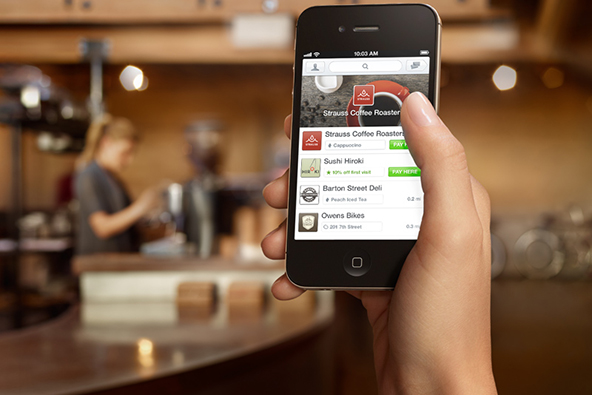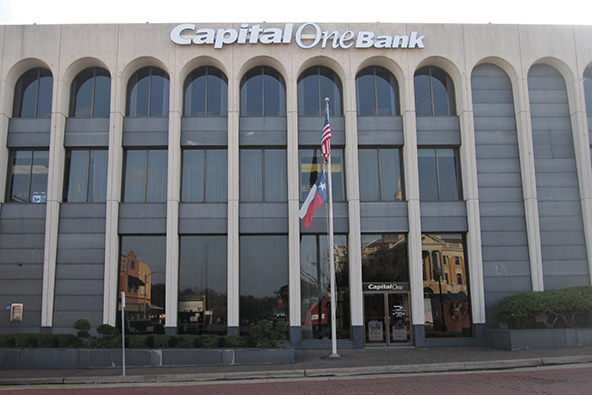Are Mobile Wallets Difficult to Get Right?

Well, that is what the Financial Times tells us a couple of recent reports from big consulting companies claim to have found. On the one hand, “[m]obile wallets stand at the intersection of payments, retail, and advertising, and the opportunities this presents is creating a lot of excitement”, one analyst explains, and so “there is clearly a lot up for grabs and the last year has seen online players, network operators, financial institutions, and retailers battle for position”. Yet, “mobile wallets are challenging propositions” and need to be “given a serious sanity check”, before anyone should them seriously, she adds.
The future of mobile wallets is a subject on which this blogger has meditated more than once on this blog. However, whereas I agree with the consultancies that the stakes are high and that it is unclear who the ultimate winners will be, I believe that it is quite obvious how the ideal mobile wallet should look like and I think that a growing number of the participants are beginning to see the future the way I do.
Who Needs a Mobile Wallet?
So what makes mobile wallets a challenging proposition? Well, Eric Openshaw and Brian Shniderman from Deloitte — the consultancy which published one of the reports referenced in the FT article — offer several reasons, but I believe that the first one in their list is the most important one. Here is how they put it:
When the average consumer, particularly the non-millennial, has at least three options — be it cash, multiple credit cards or a debit card — for nearly any brick-and-mortar retail purchase, and sometimes even others for online purchases, what will it take for mobile payments to become more than a novelty?
In other words, mobile wallets in the U.S. are not filling an unmet need, as other mobile payments technologies are doing elsewhere. Take Kenya’s M-Pesa, for example, which has been tremendously successful in some of the markets where the company has launched its mobile money transfer service. But, whereas M-Pesa has done a marvelous job of developing a service that is tailored to match its Kenyan users’ needs, the scale of the company’s success is primarily the result of the fact that rural Kenyans have no other means of transferring and receiving money, none at all. That is also the reason why no such service exists in the U.S. where money can be sent and received both quickly and very cheaply (or even free) through more traditional channels.
We do have success stories in the U.S. mobile payments scene, too, and the most widely known is perhaps Square. Here again, the reason for Square’s success — more than three million users and $10 billion in annual processing volumes in the company’s third year of operation — is that founder and CEO Jack Dorsey managed to identify (however accidentally) an unserved niche in the U.S. credit card acceptance market and had the courage and ability to implement his vision.
Mobile wallets, on the other hand, fill no unmet need. After all, wherever you could use a mobile wallet for payment, you could also simply pull out your credit card, which will ultimately be charged for the transaction amount anyway, and just swipe it through the POS terminal the way you’ve always done. Yet, I firmly believe that eventually — and in the not-too-distant future, too — most of us will be carrying mobile wallets in our phones and many of us will dispose of the leather variety altogether.
The Case for Mobile Wallets
The two Deloitte researchers tell the FT that they see “two plausible models” for how mobile payments will evolve in the U.S. — the “buddy system” and the “open federation alliance”. Here is how they describe the two in their paper:
The buddy system. In this scenario, a financial institution and mobile carrier come together to provide payment solutions where a credit or debit card is embedded as an application in the mobile device. This option allows both parties to share the risks and rewards and develop harmonized, clearly-defined business models. A targeted partnership will be better able to focus on the pain points, and a small number of partners may be better equipped to address them.
…
Open federation alliance. An open federation alliance allows players from different industries to rally around a common vision and use mutually beneficial business models to realize the full potential of mobile payment. In this scenario, mobile carriers, financial institutions, merchants, handset makers, chipmakers, application providers and a host of others would come together on a standardized platform to provide a portfolio of financial services on mobile devices. A Trusted Third Party Manager (TTPM) plays the pivotal role of coordinator and integrator (see figure 12), managing both the technical aspects of the platform and the business models that govern the alliance.
As you see, the Deloitte research is focused on the benefits a mobile wallet platform would bring to its owners and that is understandable, as these are Deloitte’s customers. But which one of these two models would be better suited to serve consumers? Well, I have argued before, and still believe, that the open platform would bring the most benefits to the end user, simply because it gives the user the freedom to choose what to use for payment. Whereas the “buddy system” would impose the participating financial institution’s credit card on the user, the open platform would serve as a true replacement of the physical wallet, in which the user would be able to store all of her cards and, possibly, other payment methods as well.
The Takeaway
So I don’t think that it is all that difficult to create a consumer-friendly mobile wallet. But then, the developers of new mobile payments technologies have to think about their own interest first and this is where the difficulties lie. But there is one example of a mobile wallet that clearly has the provider’s benefit in mind and yet it is loved by consumers. It is also curiously absent from Deloitte’s analysis. I am talking about Starbucks, of all players. The coffee chain took the early mobile payments lead and continues to be the unexpected leader in the U.S., even though its mobile wallet contains solely a Starbucks prepaid card. And yet, CEO Howard Schultz told us that “[o]ver 7 million customers now use one of our mobile payment apps, translating into 2.1 million mobile payment transactions each week, with hundreds of thousands of additional Starbucks mobile app downloads each week”. And Starbucks’ is not even a “buddy system”, but a one-player show! Still, I will wait until an open platform becomes available and believe that this will be what most other consumers will end up using as well.
Image credit: Vzw.com.



A federated model may work in a perfect world, but often innovation comes from one (or two) unique insights, in the case of Square, that is was a handy way for small merchants to accept credit, but also that data could be sent over the headphone jack. Note the separate Paypal reader just launched in Europe for reading chip-and-pin. I doubt it would have surmounted the hurdle of ease of use (no battery, for one) for these same small US merchants. Of course in Europe, where the transaction is always completed in front of the paying party, it is not as big an issue.
I think what is missing in this analysis is that new infrastructure can take a long time to get established, and until that happens, it does not reach the mainstream. Apple may be quiet about their Passbook, but we may find in a few years that it is the de facto mechanism for boarding passes and loyalty programs. Similarly, they have never mentioned Augmented Reality, but after several generations of retina display iPads with cameras there will be a mass scale of device infrastructure established. They can then spring AR and people will complain that it is 5 year old tech.
So mobile wallets will happen as well, but we should look around the corner a bit more.
Hello Tim,
Good points. Regarding PayPal’s launch in Europe, I covered it just yesterday and am in complete agreement with you that “it would [not] have surmounted the hurdle of ease of use” with small U.S. merchants. But it has to be said that PayPal didn’t choose to do it that way. I have no doubt that if PayPal had their way, they would have just gone with the dongle we have here in the U.S. However, it appears as if Visa Europe simply does not allow PINs to be entered into smart phones, so that’s why everyone is going with a separate device.
Let’s see if Square and Starbucks announce that the Starbucks prepaid card can be accepted by any merchant with their Square device in 2013, or if it’ll have to wait until 2014….
PH,
Why do you think that Square would be pushing Starbucks’s prepaid card on its merchants? If they want to promote a prepaid card, why not issue a Square-branded prepaid card?
Because there’s already a huge number of existing Starbucks prepaid cards out there, of course. I’m not predicting that Square WON’T introduce its own branded prepaid card, but there’s already a critical mass of Starbucks cards users, including a decent number of folks who use the mobile app version of the Starbucks card. Easier to piggyback off that than to convince consumers to carry Yet Another Card in their physical or virtual wallets.
PH,
That may well be true, but I don’t see what Square gets out of such a deal with Starbucks, which makes me skeptical that it would happen.